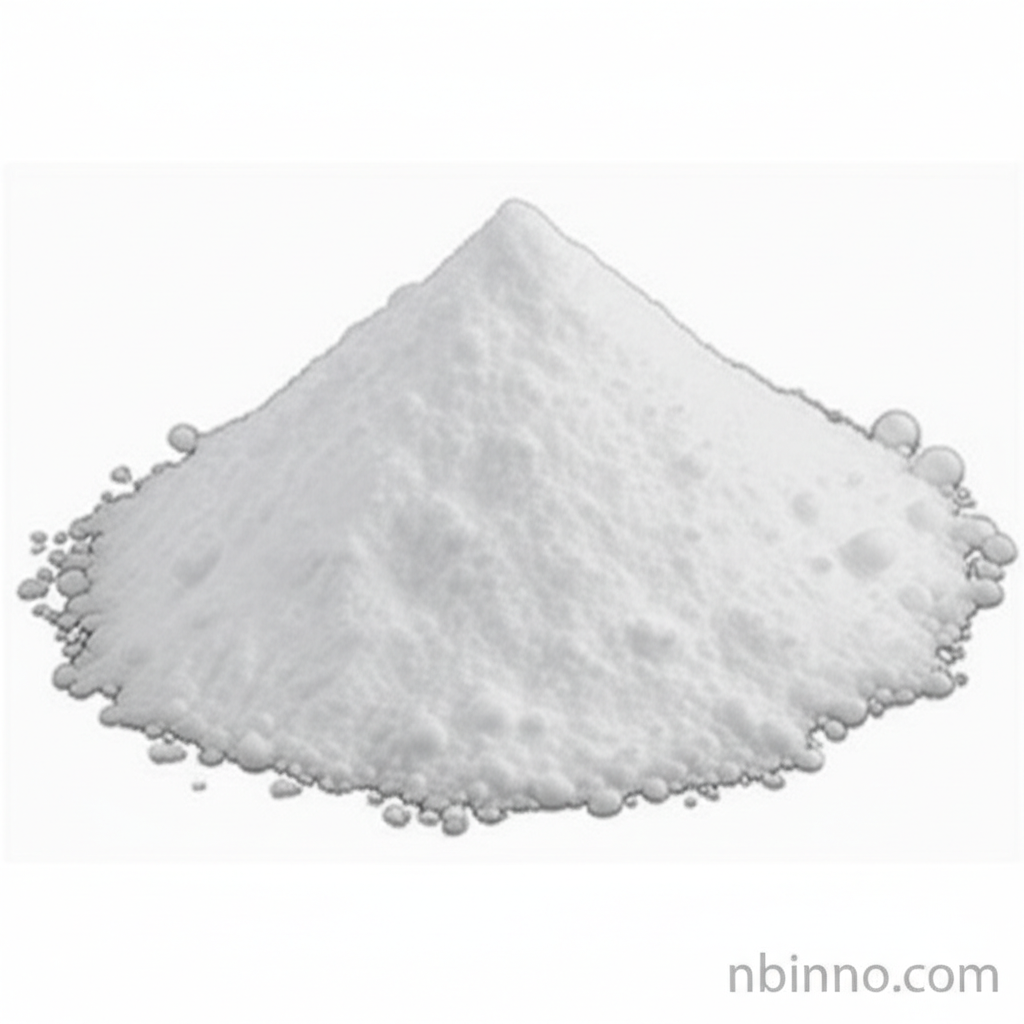Copovidone VA64: The Versatile Pharmaceutical Excipient
Enhance your formulations with superior binding and film-forming capabilities.
Get a Quote & SampleProduct Core Value

Copovidone VA64
Copovidone VA64 is a synthetic random copolymer of vinylpyrrolidone and vinyl acetate, widely recognized for its exceptional performance as a pharmaceutical excipient. Its unique chemical structure provides superior binding properties for tablet manufacturing, ensuring tablets maintain their integrity. As a film-forming agent, it creates protective coatings that enhance drug stability and shelf-life.
- Binder in Tablet Formulations: Leveraging its excellent copovidone tablet binding properties, it effectively binds powder blends and granules, ensuring tablet hardness and reducing friability, crucial for direct compression and wet granulation processes.
- Film-Forming Agent: Used in tablet coatings, it provides a protective layer that resists environmental factors like moisture and oxygen, contributing to improved drug stability and shelf life.
- Controlled-Release Applications: Its balanced hydrophilic-hydrophobic nature makes it ideal for developing sustained-release formulations, contributing to a gradual dissolution of active ingredients.
- Cosmetic and Food Uses: Beyond pharmaceuticals, copovidone serves as a thickener, dispersant, and binder in cosmetic products and as a food additive, showcasing its broad application range.
Key Advantages
Superior Binding Strength
Copovidone VA64 exhibits excellent adhesiveness and elasticity, making it a superior binder for tablets, particularly in challenging formulations, thereby improving tablet binding properties.
Enhanced Film Properties
The films formed by Copovidone VA64 are less hygroscopic and more flexible than those made with Povidone, offering better protection and improved aesthetic qualities for coated tablets.
Process Optimization
Its lower hygroscopicity and good fluidity simplify manufacturing processes, contributing to more reliable tablet production and reducing issues like capping and lamination.
Key Applications
Pharmaceutical Formulations
As a binder, film-former, and matrix former in tablets and other solid dosage forms, enhancing stability and drug release profiles.
Cosmetics
Used as a thickener, dispersant, lubricant, and film-forming agent in various cosmetic products, contributing to texture and performance.
Controlled-Release Systems
Integral in creating matrix systems for sustained and controlled release of active pharmaceutical ingredients, improving therapeutic efficacy.
Food Industry
Serves as a food additive, contributing to product stability and texture, with a generally recognized as safe (GRAS) status.
